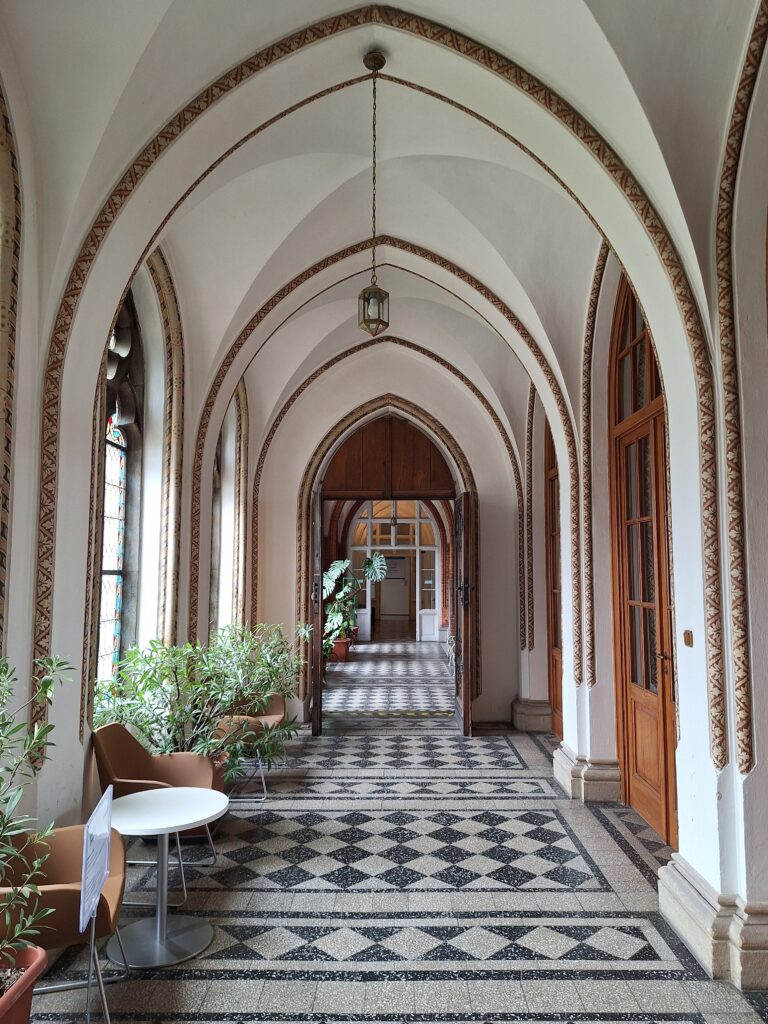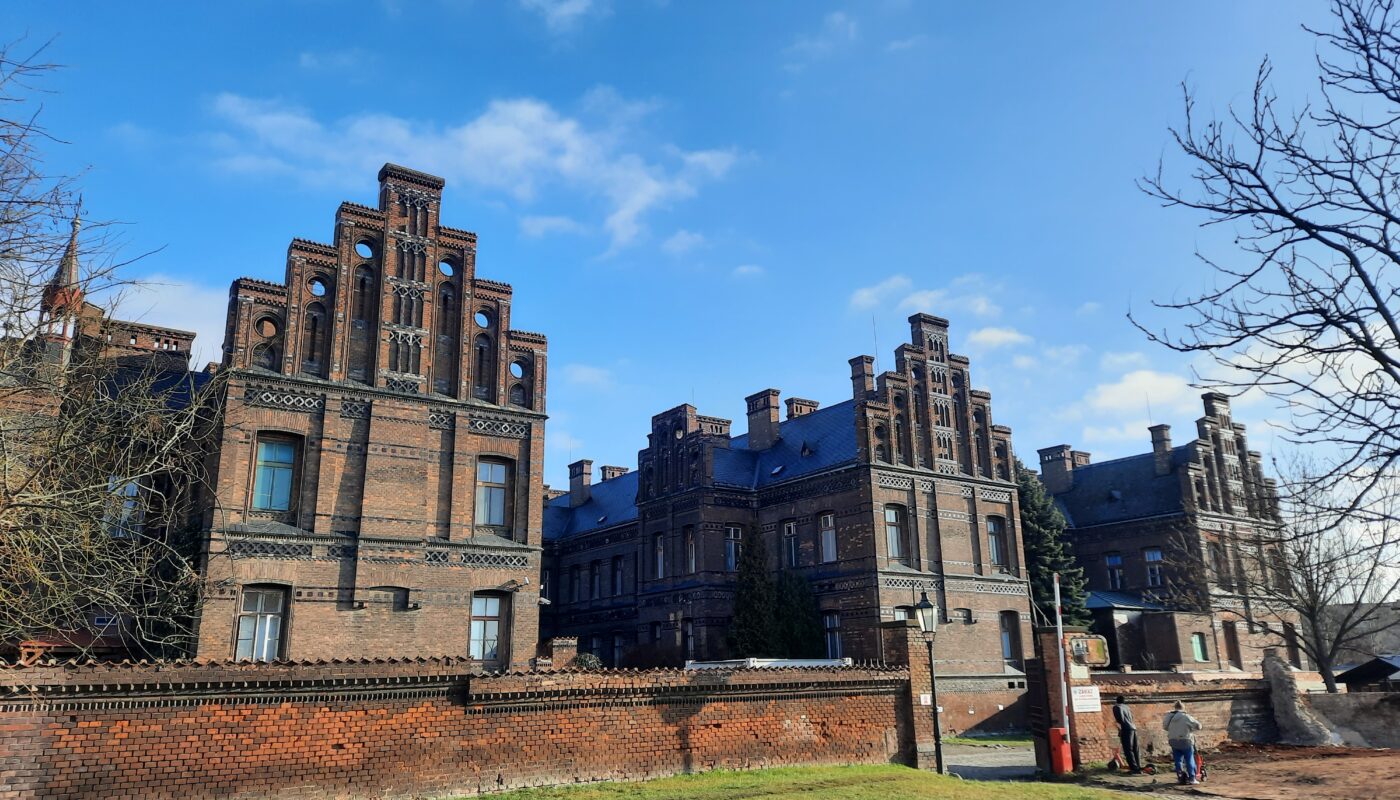Reading Time: 2 Minutes 32 Seconds
Historical overview
The Apollinaire hospital (in Czech, Porodnice u Apolináře) is a maternity hospital, located in Prague.
It was built in the years 1865-1875 and upon its completion it was the largest and most modern maternity hospital in Europe.
The construction of the Royal Bohemian Provincial Maternity Hospital was an initiative of the Count Leopold Lev Thun-Hohenstein.
The count was appointed ruler of the Kingdom of Bohemia in 1848.
Because of the poor hygienic conditions of maternity hospitals in Prague, many women in labor were falling ill and died of infection. Therefore, the count wanted to improve this situation by providing a better facility and incorporating modern medical practices.
The Czech architect Josef Hlávka was responsible for both the design and the construction of the hospital.
He wanted the project and its subsequent implementation to best fit its purpose, so he studied medical literature and obstetrics.
Hlávka drew inspiration from the important and progressive maternity hospitals existing in Europe at the time. The main models were those of Brussels, Paris and Vienna.
He decided to design a square-plan building, with an inner rectangular courtyard in the center, and a system of six pavilions with eleven sections interconnected via corridors.
Thanks to a special system used in the halls, in case of emergency it was possible to close and completely isolate a single department.
While building the hospital in 1870, Hlávka got partially paralyzed and moved from Prague to Lužany, where he could receive treatment.
From Lužany, he continued to direct the works until their conclusion, with the help of the builder Čeňek Gregor.


Architectural highlight of the hospital
As for the architectural style, Hlávka chose the neo-Gothic of northern Germany.
The material used was mainly red bricks, with the addition of stone for the plinth and for the openings around the windows.
The most impressive parts under the architectural point of view are the entrance hall, the staircase, and the Chapel of the Holy Cross (kaple svatého Kříže) on the first floor with a vaulted ceiling.
In the interior of the chapel you can admire the baptistery with a marble altar, an oak confessional in neo-Gothic style and an organ. The paintings from Adolf Liebscher and Adolf Körber date back to 1902.
Saint Apollinaire today
During the war, the hospital was partially hit during the bombing of Prague.
Later on, the Communist occupation closed the chapel, which in the 1950s became a warehouse.
In 1997, the restoration began under the supervision of the state institute for the care of monuments and the inauguration included the unveiling of a statue by the academic sculptor Josef Mařatka as a tribute to Josef Hlávka.
Over the years, the entire complex underwent various reconstructions and modernization to keep up with new medical technologies and combine modern standards with the values of historic architecture.
Due to its extraordinary architectural value and its importance in the history of medicine, the area of the hospital of Saint Apollinaire, together with the chapel of the Holy Cross, was declared a protected cultural monument in 1964.

